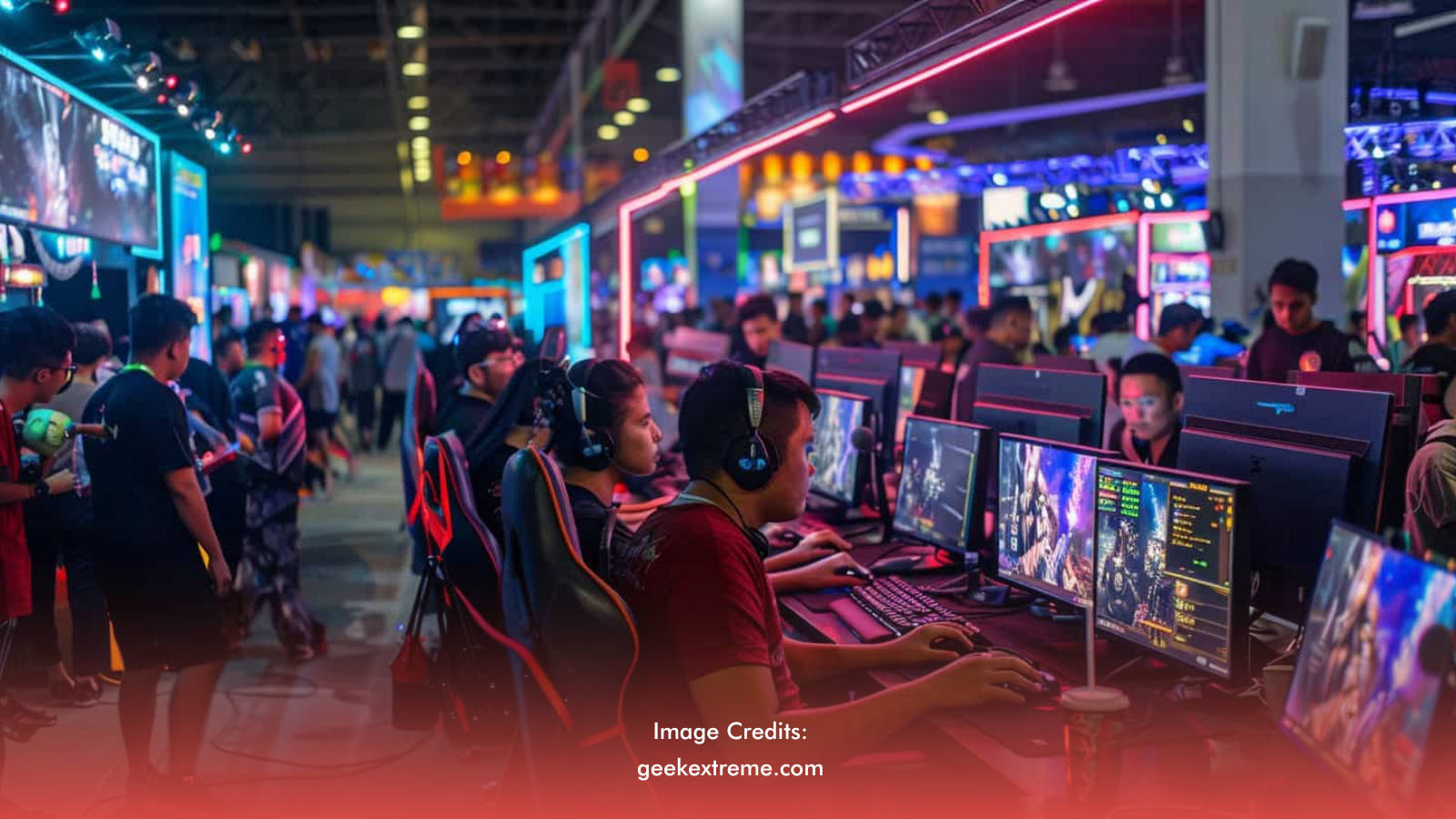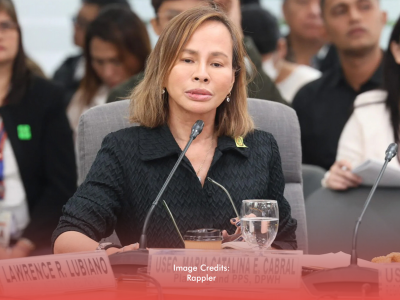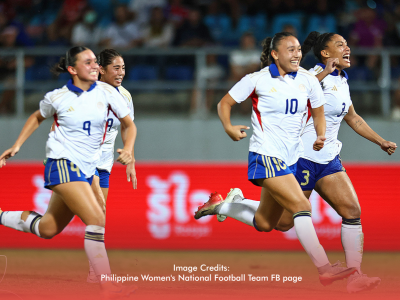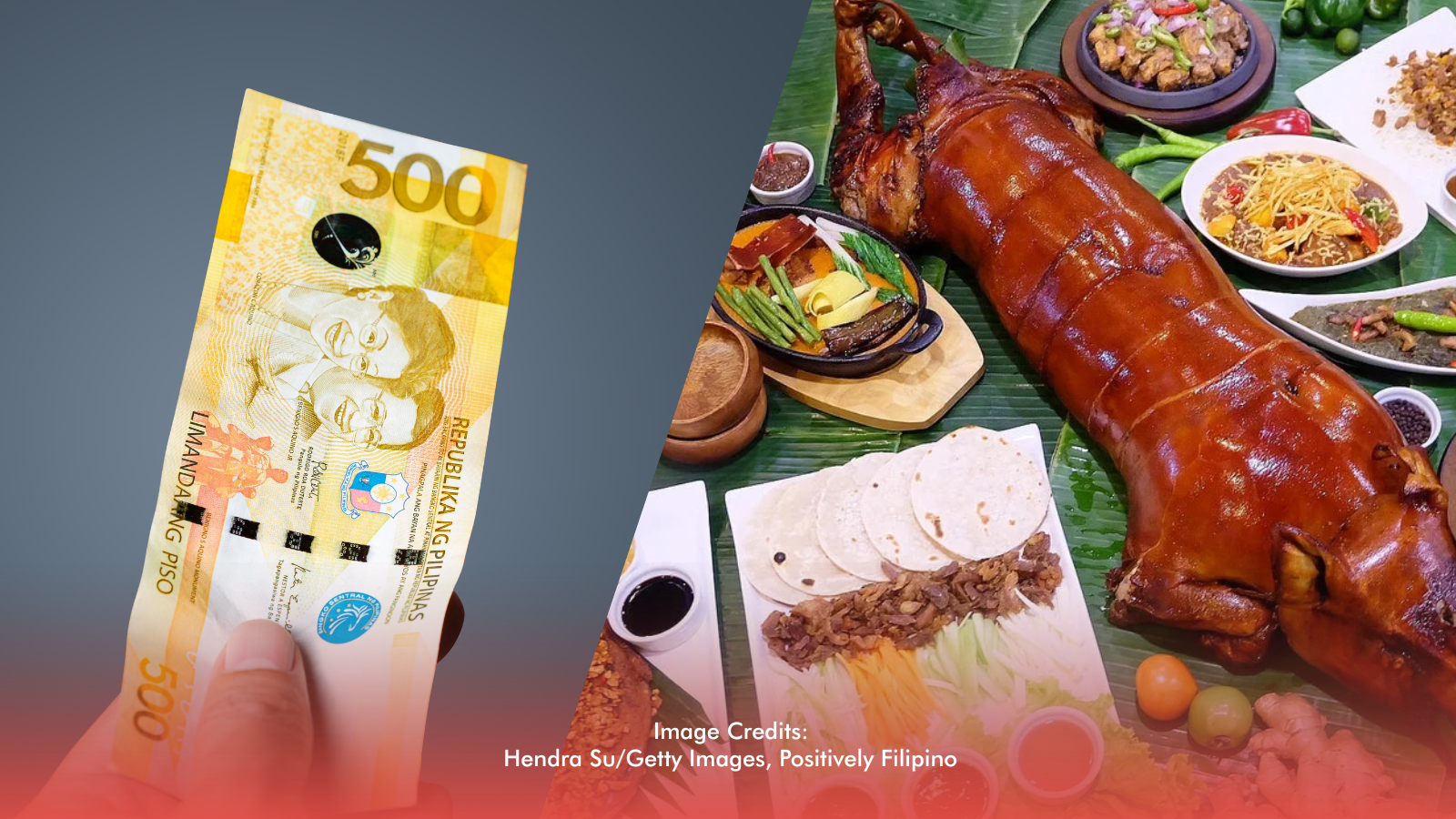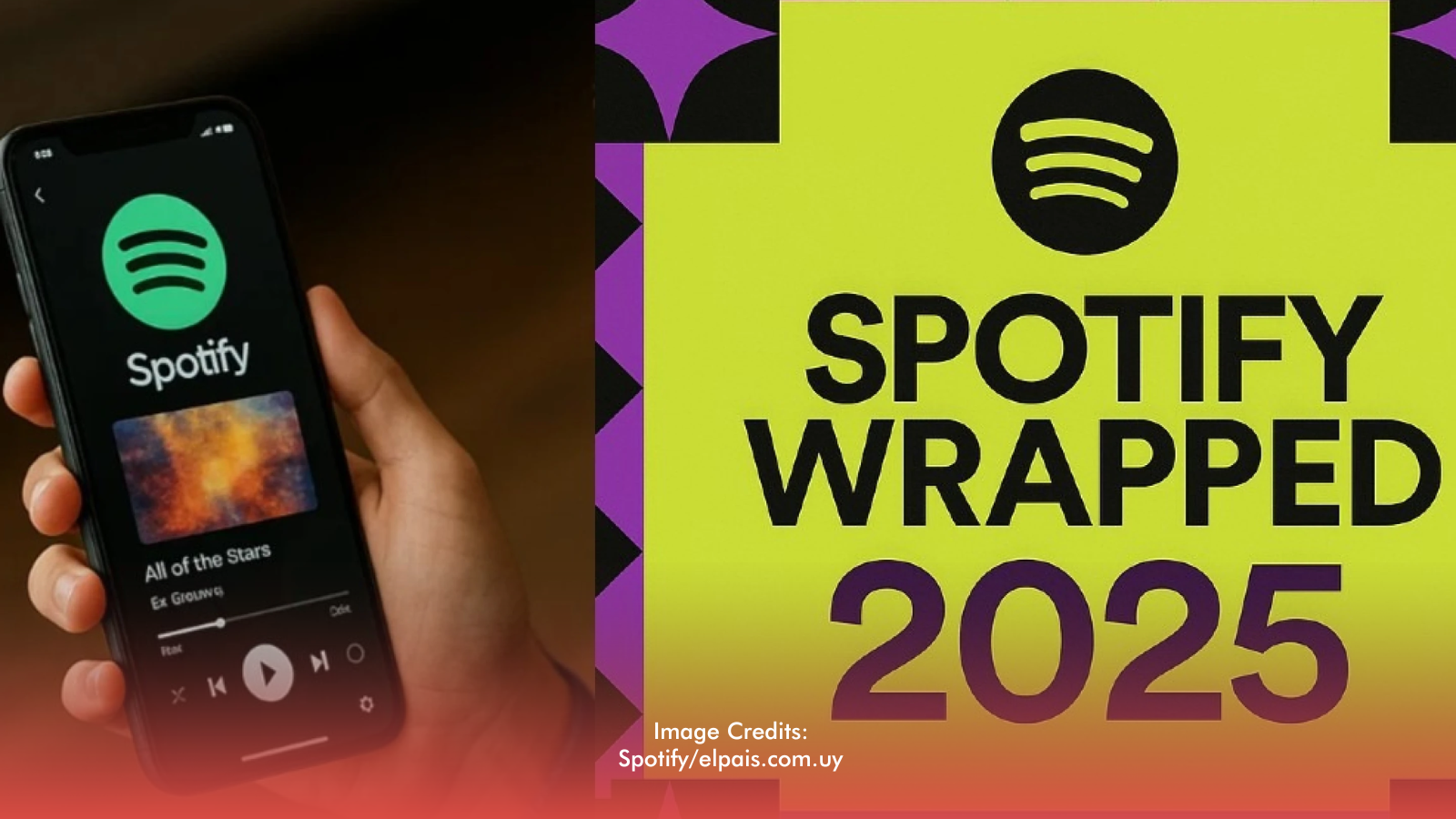From the flashing lights of arcade machines to the palm-sized screens of smartphones, gaming has taken Filipinos on quite a journey. Once dismissed as a “waste of time” or an “addiction,” gaming has now evolved into a legitimate cultural force; one that connects generations, fuels careers, and even puts the Philippines on the global e-sports map.
There was a time when parents scolded their kids for spending too many hours in computer shops or arcades. Today, many of those same parents spend hours on their own screens, tapping away at Candy Crush or Mobile Legends. Gaming, once misunderstood, has become a shared experience—a language that transcends age, class, and even geography.
RELATED: [Beyond the Game: How Video Games Inspire Pinoy Youth to Aim Higher]
The Early Days: Arcades, Internet Cafés, and Childhood Nostalgia
Who could forget the thrill of competing in Tekken at a local arcade, or the chaos of playing Contra and Metal Slug with friends after school? The 2000s were the golden age of computer shops and coin-operated machines. Websites like Y8.com became playgrounds for students, filled with free games of every genre imaginable.
As internet cafés sprouted across towns and cities, PC gaming became a national pastime. Titles like Ragnarok, Cabal, Gunbound, and Audition Online kept players glued to their screens. Then came DOTA and Counter-Strike, the games that would define a generation. Local tournaments became weekend rituals, and names like Mineski, TNC, and Netopia emerged as symbols of the country’s thriving e-sports culture.
The Rise of E-Sports and Gaming Careers
The 2010s marked a turning point—gaming stopped being just a pastime and started becoming a profession. As local tournaments grew into international competitions, Filipino gamers began proving that passion and skill could lead to real success.
From e-sports athletes competing globally to content creators building communities online, gaming opened new doors for many young Filipinos. Streamers like Alodia Gosiengfiao, Gloco, and Suzzysaur transformed gaming from a niche hobby into a respected creative pursuit. The rise of streaming platforms and sponsorships showed that gaming wasn’t just play—it was opportunity.
Even the education sector took notice. Today, universities like the Lyceum of the Philippines University offer a Bachelor of Science in Esports, focusing on management, game design, and development, showing solid proof that gaming has earned its place in academia.
Breaking the Stigma: When Play Turned to Purpose
For decades, gaming carried a stigma; something seen as lazy or unproductive. But the pandemic years showed just how powerful gaming could be in connecting people. When lockdowns closed down computer shops, mobile gaming flourished. Mobile Legends, Wild Rift, and Call of Duty: Mobile became lifelines for millions seeking connection and comfort.
And with 76% of Filipino gamers now preferring mobile platforms, according to Rakuten Insight, gaming is no longer confined to arcades or cafés—it’s everywhere. More importantly, it’s changing lives. E-sports has created jobs, built communities, and offered young Filipinos a chance to turn passion into purpose.
The Future of Filipino Gaming
What was once a hobby is now a movement—a cultural shift that celebrates creativity, competition, and connection. From casual players to professional athletes, gamers today are rewriting what it means to “play.”
If there’s one thing the last two decades have taught us, it’s that gaming in the Philippines will keep evolving. The players may change, the platforms may shift, but the spirit remains the same.
Because at the end of the day, no matter how many times the world presses pause,Filipinos will always find a way to press play.
RELATED: ??[FPS Game VALORANT releases Manila Server]

